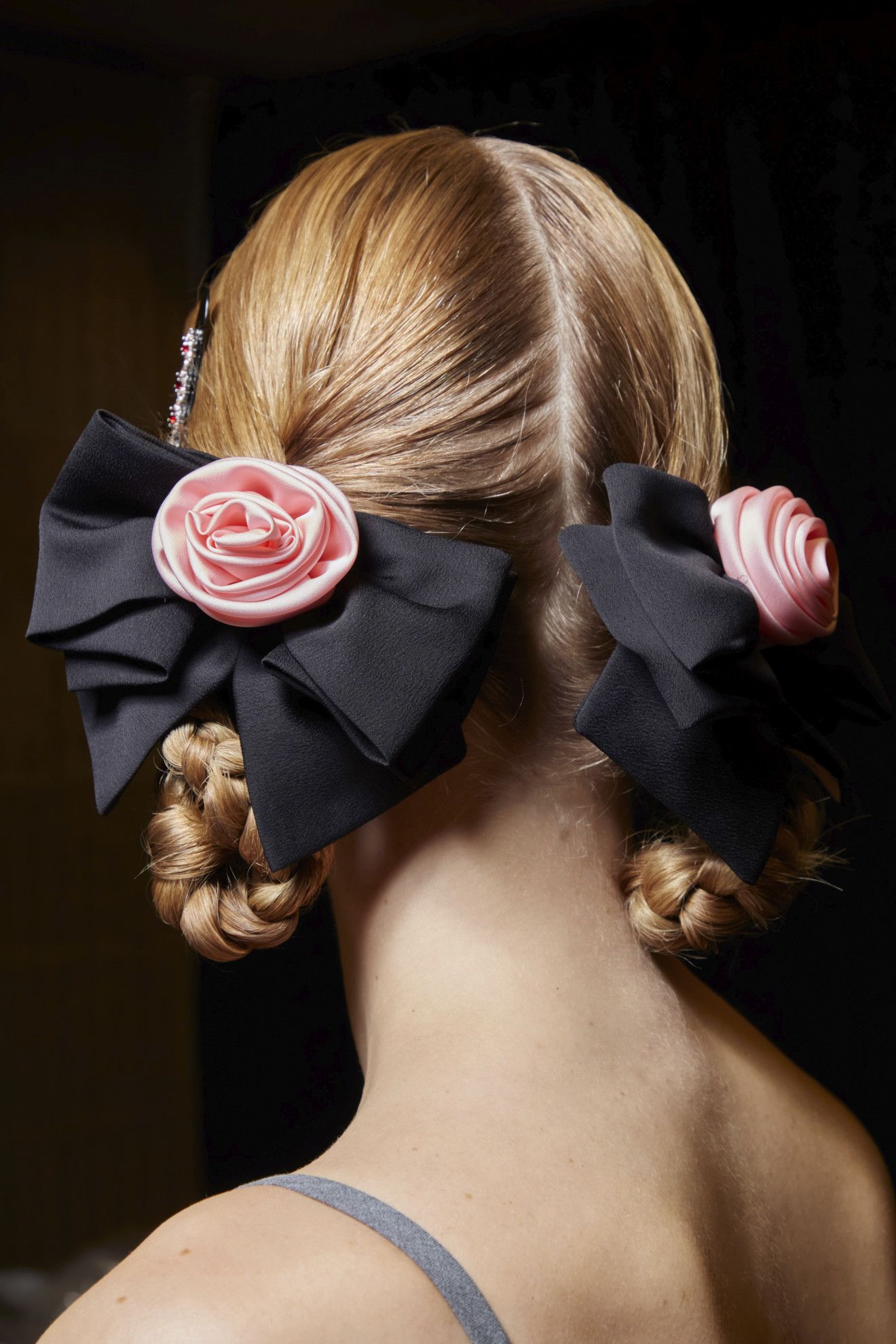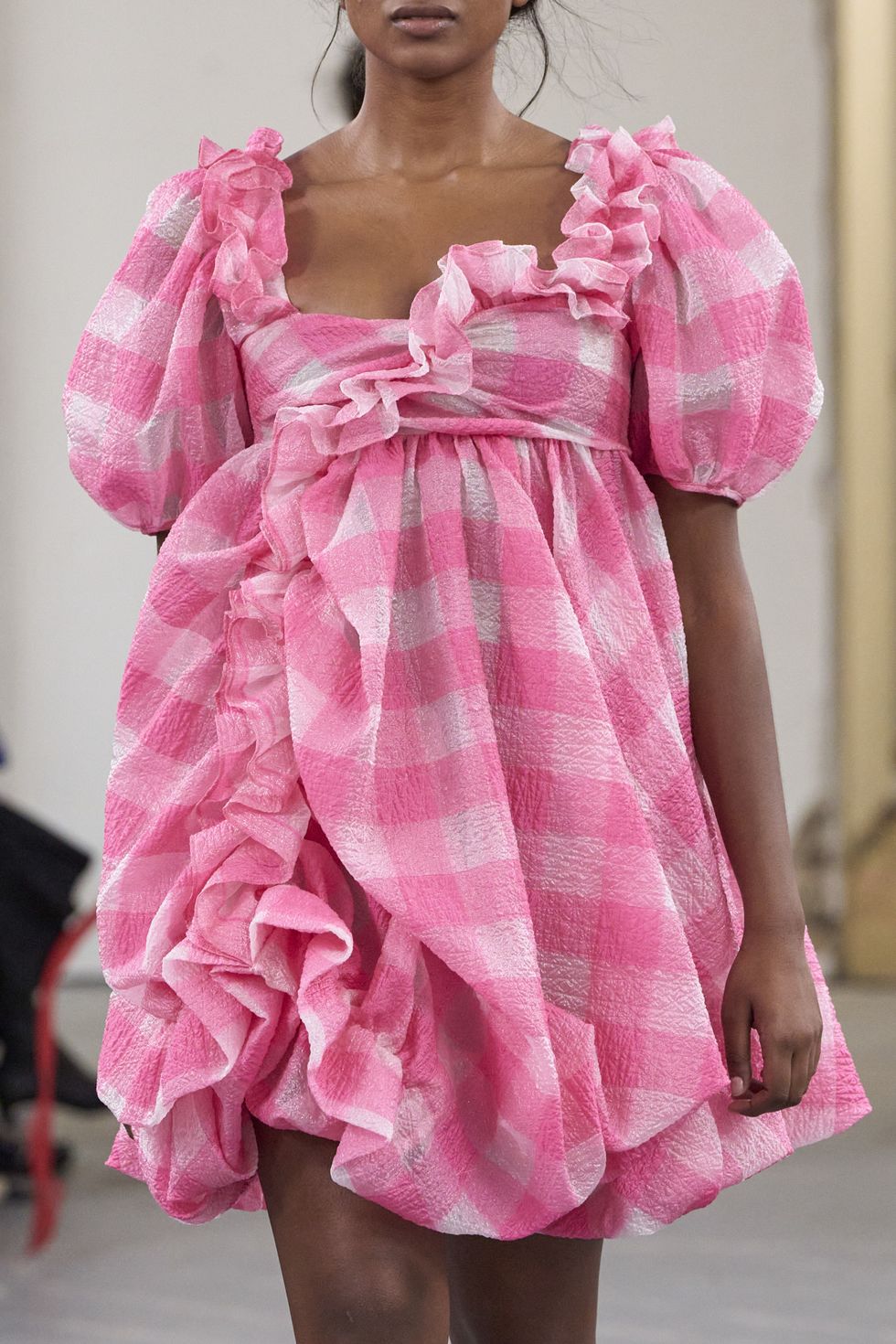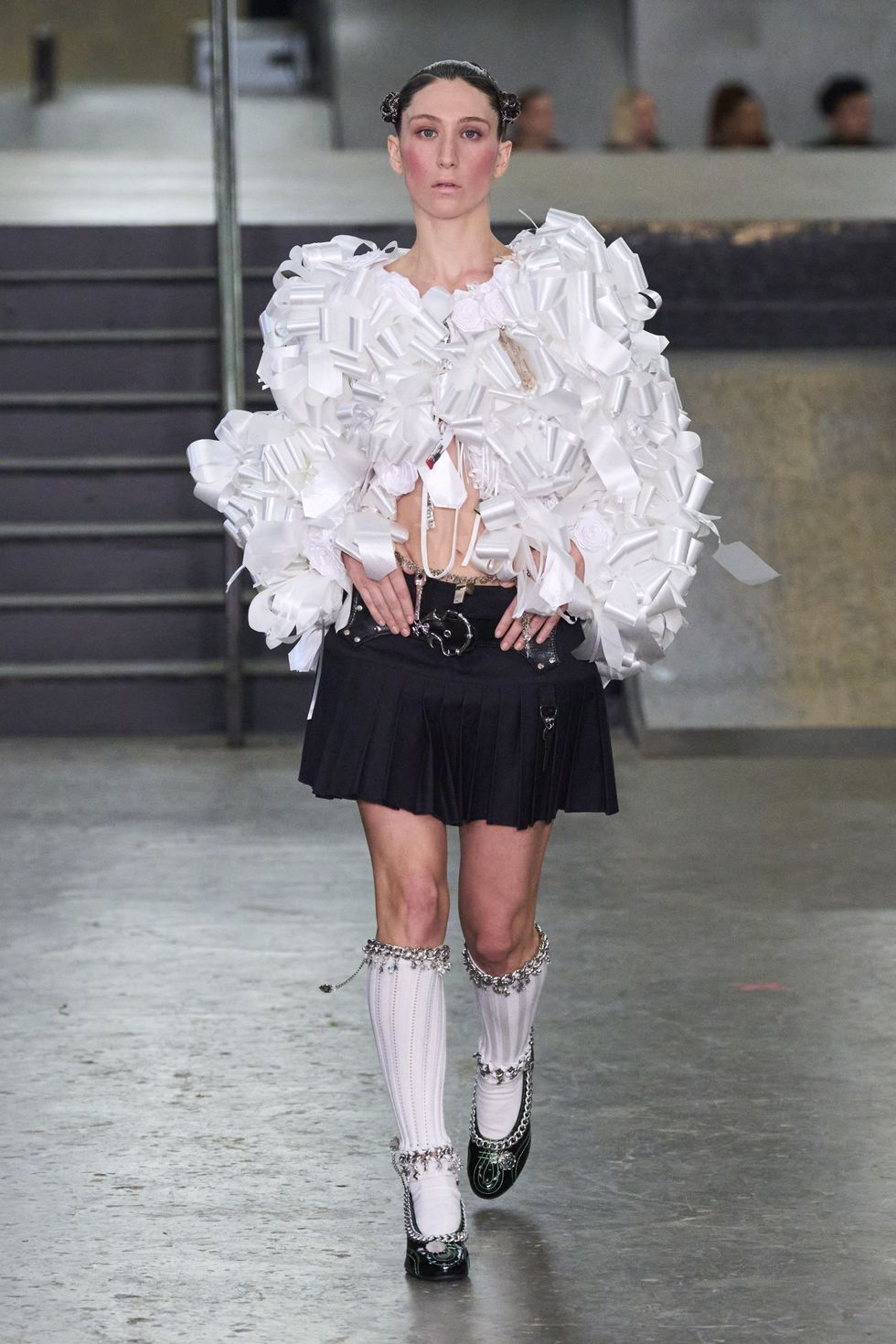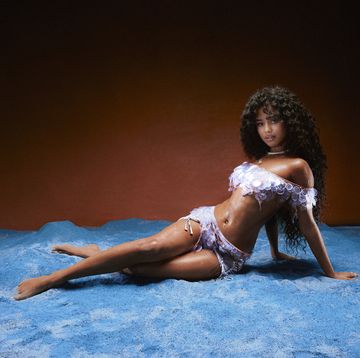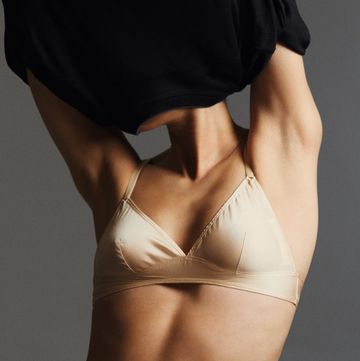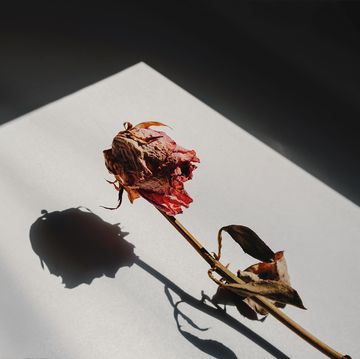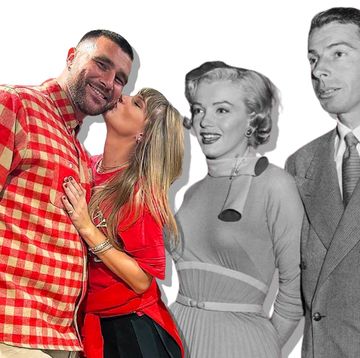On my sixth birthday, I woke up in my bunk bed to a present hanging, in pink crepe paper, on the back of my bedroom door. Inside was a dress that any six-year-old would dream of. It was frilled, with ribbons, a sash and puffed sleeves – the very picture of cuteness.
The problem is that, many birthdays on, this dress is still an ideal for me. I might now be grown-up, with a mortgage and a Wordle habit, but my aesthetic still leans to cute. As a child, I loved Hello Kitty and Little Twin Stars stationery from Sanrio, anything pink and as many cartoon characters as possible about my person. Not that much has changed. I still love pink. I still feel an affinity to cartoon characters, one that emboldens me to buy Online Ceramics shorts with a massive smiley starfish or a pair of trousers covered in bears. Meanwhile, on Instagram, I have a very active message group entirely dedicated to cute animal videos.
If, for a long time, I have had to downplay this tendency beyond my nearest and dearest, cute is transforming from something that society dismisses as childish to something that can signal everything from a new take on feminism to TikTok’s favourite coquette-style to – quite simply – a kind of unapologetic joy.
The cute movement has been on the catwalk for a while –thanks to, notably, female designers Cecilie Bahnsen, Simone Rocha and Molly Goddard. Clothes that could be worn by a particularly sweet china doll are twisted so the ‘sugar and spice and all things nice’ of sweet little girls is reworked for a generation steeped in the fourth wave of feminism. In these designers’ hands, cute looks positively subversive.
The cute revolution is growing. See this season’s Chopova Lowena collection replete with ribbons, puffed sleeves and Peter Pan collars worn by a diverse cast, many of whom had tattoos. Or Ashley Williams’ bow tights and bonnets paired with baseball caps and gimp masks. Sandy Liang, meanwhile, amped up the spoils of cute, with bows, pink and gingham included, along with a dress not unlike that one on the back of my bedroom door.
Culture is onboard. The explosion of pink – the official colour of cute – post-Barbie movie can’t be ignored. Sofia Coppola’s films that lean to cute and girlie – Marie Antoinette and The Virgin Suicides – are gaining renewed interest as references. Sonny Angel dolls, the tiny Japanese toys, have become a sensation online, with Bella Hadid only one of thousands of collectors. And Olivia Rodrigo has embraced pastels and stickers in her album imagery.
This month, Somerset House will have an exhibition, 'Cute', exploring the look. ‘It’s completely taken over the world,’ says curator Claire Catterall. ‘It’s not considered childish, it’s accepted now as an everyday aesthetic.’
The use of the word ‘cute’ dates back to the Thirties, when the American slang spread across the world, along with characters like Kewpie dolls and Mickey Mouse (fun fact: ‘Mickey Mouse’ were my first words). Catterall argues that the mainstreaming of cute now is partly down to the internet. She mentions a quote from Tim Berners-Lee, the man often seen as the inventor of the world wide web, that will appear on the wall of the exhibition. Asked what most surprised him about the things the internet is used most for, Berners-Lee replied simply, ‘kittens’.
The feel-good hit of cute is particularly powerful now because the rise of the aesthetic has coincided with that of a 24-hour news cycle, with images of unspeakable horror on our timelines. This unequivocal girliness can’t be unconnected to the backdrop of a seemingly relentless stream of bad news about violence against women and the pulling back of reproductive rights around the world. With all of this taking up our bandwidth, it makes sense that we retreat to content that is nothing but adorable – a cat ‘playing’ a baby grand piano, or another viewing of the Lisbon sisters going to prom.
Online cute culture is a form of resistance to the slick, anonymity of Big Tech, says Biz Sherbert, the co-host of influential podcast Nymphet Alumni, and culture editor at trend forecasting agency The Digital Fairy. ‘Think of the way Instagram looks now,’ she says. ‘It was kind of twee and now it’s quite sanitised, colourless. Cuteness can act as clutter that goes against the smoothness of the eternal scroll Big Tech wants you to have.’ Sherbert is on board with cute – she has a teddy bear in her email signature, made from Japanese kaomoji.
Japan – and East Asia in general – is often seen as the centre of cute culture, from the street style of the Harajuku area of Tokyo to the concept of kawaii. This take on cute is often cartoon-like – Hello Kitty and Sailor Moon hail from Japan – and requires commitment. Google ‘Harajuku style’ to see images of young women dressed in layers of pastels, bonnets and XXL frills.
The last time cute was explored in fashion might have been the Nineties, when frontwomen of grunge bands – including Courtney Love – wore babydoll dresses contrasted with ripped tights and DMs, in an aesthetic dubbed Kinderwhore. While I love the intent of this – taking clothing designed for pliant little girls and adding feminist anger – I always wanted my take on cute straight up, no chaser. Catterall says this is in line with cute practitioners now. ‘Women are taking on the soft side of cuteness, but in a very assertive way. [Someone] like Hannah Diamond leans into her femininity, and uses it as a source for power.’
Michelle Zauner, the lead singer in the band Japanese Breakfast and author of bestselling memoir Crying in H Mart, has a similar take. She frequently wears Liang’s clothes, as well as those of Rocha and Bahnsen. In a way that makes my brain melt into a smiling face with hearts emoji, she says her journey to cute has been full circle. Zauner often visited family in South Korea, and collected stationery and clothes with ‘whatever cartoon character was in vogue at the time’. ‘[When I first started playing in bands] I was so desperate to be taken seriously, subconsciously even, that I started to dress more masculine. For years, cuteness was something I denied myself. [But] the past few years of my life have marked a kind of joyous return to the cute.’
It is Zauner’s story that ultimately encourages me to embrace my love of cute again – in spite of being far too old to wear that long-ago birthday present. ‘There is something redemptive in the aesthetic, something about pre-sexualised girlhood that is strangely empowering,’ she continues. ‘The physical sensation I feel about certain “cute” pieces I have in my closet echoes the feelings I felt as a kid about Sanrio wallets and Sailor Moon pouches.’ Sherbert, meanwhile, puts it simply: ‘I understand why people like it – there’s something quite addictive about cuteness.’
